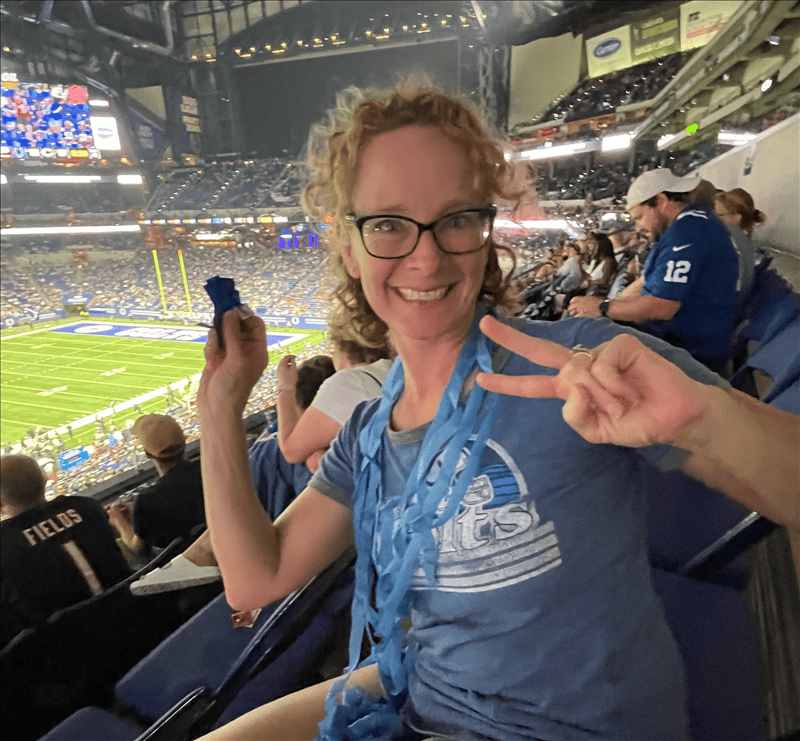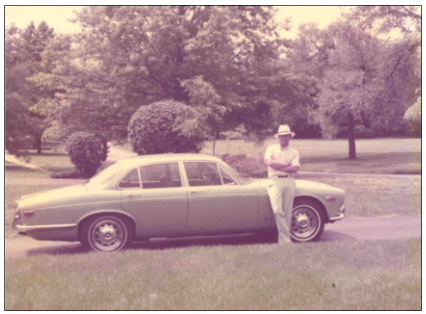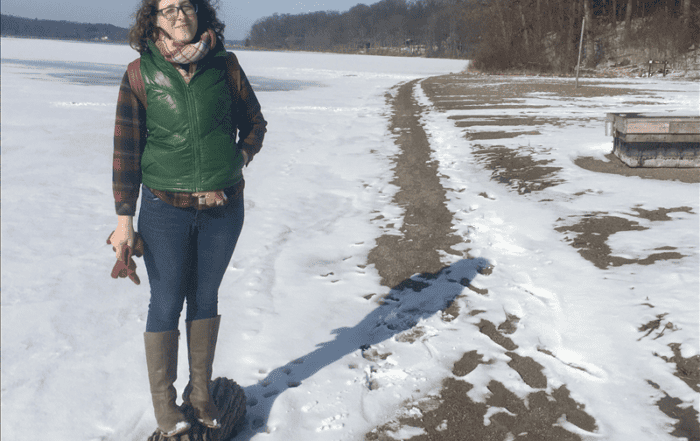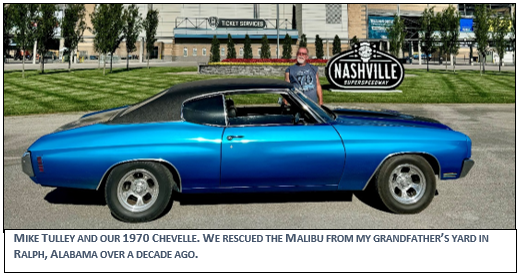Particle Count Test
Breaking down the mysterious ISO Code

The ISO Code (also known as the particle count test) is a system for representing particle concentrations in oil. The test is commonly referred to as the particle count. Without the use of the ISO Code, a confusing series of numbers would have to be examined to determine how clean an oil is.
In oil laboratories, automatic particle counters determine the ISO code. Below is a particle count report for hydraulic oil.
The particles are counted in six different size ranges (see the sample Particle Count test results below). Every particle count test by Blackstone is reported in ISO 4406 (2- and 3-number codes), NAS 1638, and SAE AS4059 formats. The left column shows the size in microns. The right column is the number of particles per mL of sample that were found to be larger than each micron size. In the chart below, the number of particles larger than 14 microns in size was 169.2. 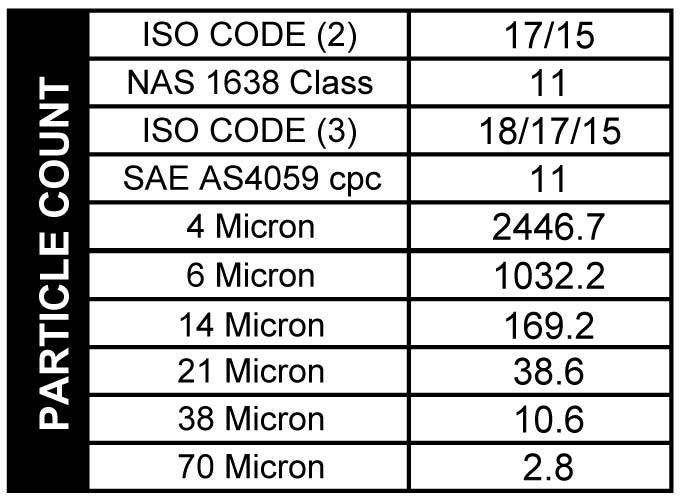
The ISO 3-number Code in this example is 18/17/15. These three numbers (18, 17, and 15) identify a range of particles counted in the size above 4, 6, and 14 microns, respectively.
The ISO 2-number code in this example is 17/15. Those two numbers (17 and 15) identify a range of particles counted in the size above 5 and 15 microns in size. The chart does not list the actual number of particles counted at 5 and 15 microns.
The higher the ISO Code, the dirtier the oil. However, different oils can have different allowances for what we deem “clean” or “dirty.” The chart below shows the clean to dirty ranges for four types of oil:

But wait! How do we arrive at the 18/17/15 or 17/15 range? Using this chart:
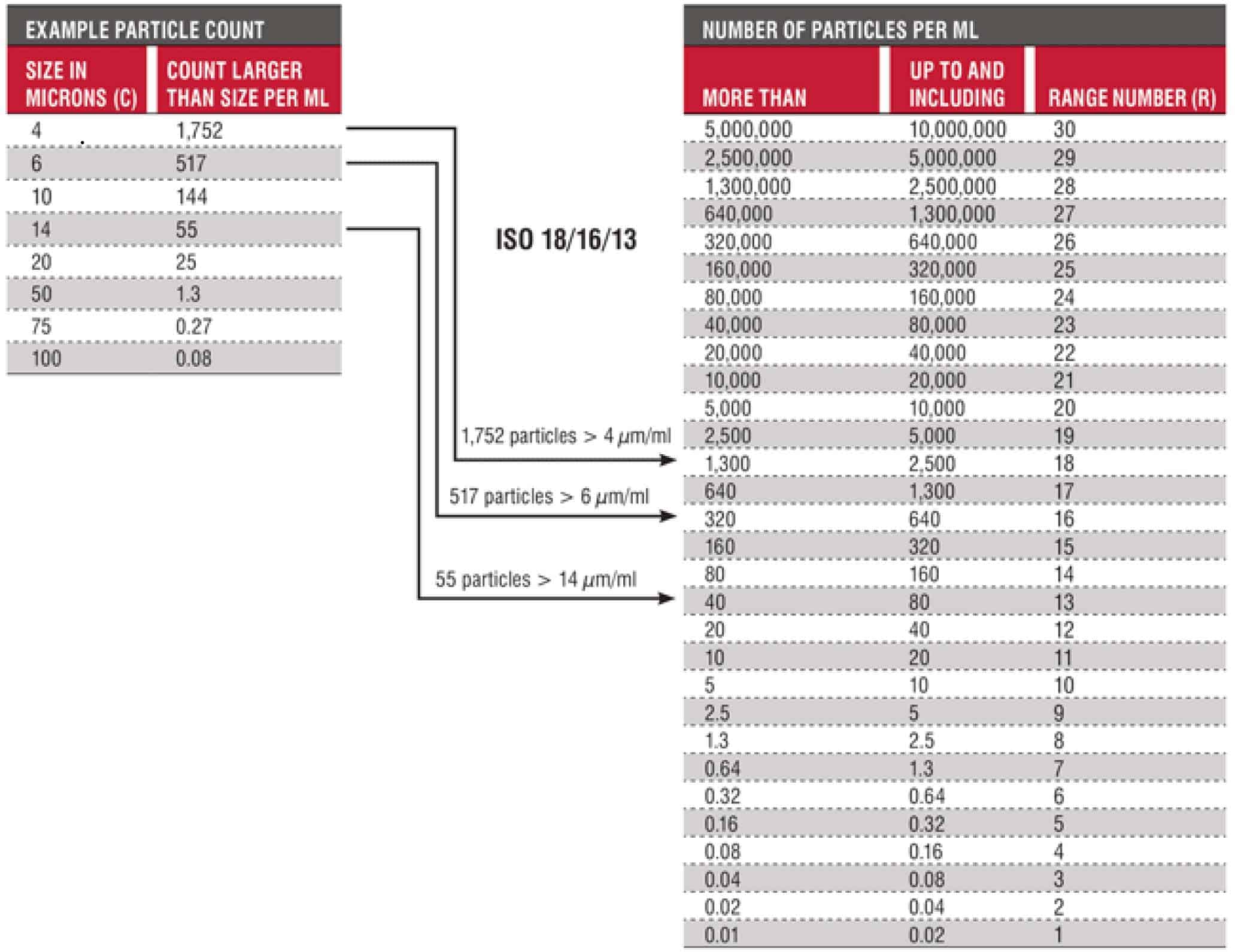
Confusing, right? That’s why we use the code. Most equipment manufacturers will list guidelines as to what cleanliness code is acceptable, and that’s all you need to know.
Related articles
A New Wave
Saying goodbye to my 1984 Chevy
TBNs & TANs: Part 2
Determining how heat affects the TBN and TAN of the oil
Finishing the RV-12
The last article in our series on finishing the RV-12
In the Thick of it!
Five cities, five days, 5000+ cars: the 2024 Hot Rod Power Tour!

